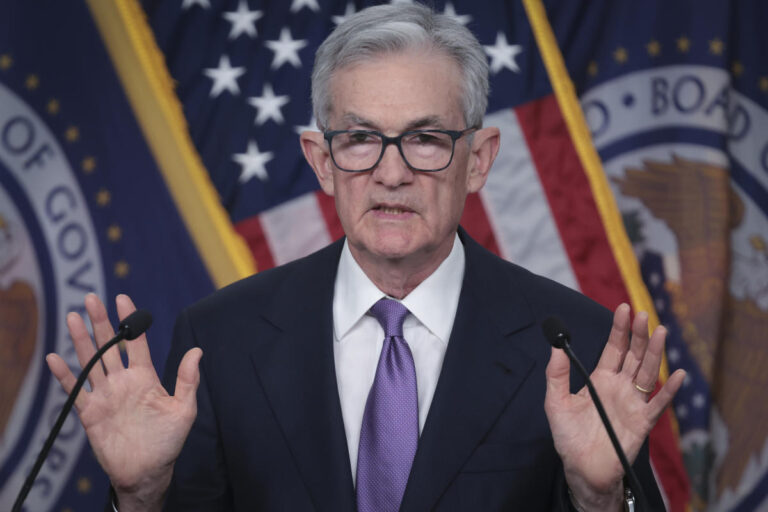The Federal Reserve on Wednesday kept its policy rate in the range of 5.25% to 5.50%, the highest level since 2001, and warned it would not begin cutting rates until it sees further progress in bringing inflation back to its 2% target.
“The Committee does not believe it is appropriate to lower the target range until there is greater confidence that inflation is on a sustained path toward 2%,” the Fed said in its policy statement.
Officials said they remain “very cautious” about inflation risks.
Fed officials said the risks to achieving price stability and maintaining full employment are “moving toward a better balance.” The Fed characterized job growth as “moderating” over the past year, but noted that job growth remains “strong.”
The central bank also changed the wording from previous statements that left room for rate hikes.
The Fed spoke more broadly Wednesday of “any adjustments” that may be needed to interest rate policy in the future.
In previous statements, the Fed had mentioned that “additional policy tightening” may be needed if inflation does not continue to move toward its target.
After the Fed's announcement on Wednesday, the market has priced in about a 55% chance that the Fed will start cutting rates in March, according to CME Group data. As of Tuesday, the measure implied a nearly 40% chance of rate cuts beginning in March.
Officials characterized the economy as “expanding at a solid pace” after fourth-quarter gross domestic product (GDP) came in better than expected. Still, they noted, the economic outlook remains uncertain.
The Fed also removed language that certified the U.S. banking system as sound and resilient, while also removing references to how financial and credit conditions weigh on household budgets.
read more: Impact of Fed interest rate decisions on bank accounts, CDs, loans, and credit cards
Officials last raised rates in July 2023 and expect them to cut rates later this year, with the median expecting three cuts.
Inflation, which the Fed is trying to rein in, continues to fall toward the central bank's 2% goal.
The Fed's preferred measure of inflation, the core consumer spending index that excludes volatile food and energy prices, was 2.9% in December, down from 3.7% in September and 4.3% in June. This was the lowest reading since March 2021.
More encouragingly, core PCE inflation fell to 1.5% on a three-month annualized basis, the lowest level since the end of 2020. On a six-month basis, core PCE was 1.9% for the second consecutive month. The core consumer price index showed that inflation rose 3.9% in December.
Separately on Wednesday, the FOMC will implement a recommendation proposed last year to increase the number of staff members subject to restrictions on investment and trading activities, increasing restrictions on all staff with access to FOMC confidential information. be.
Existing policies already prohibit Fed officials involved in monetary policy decisions from buying individual stocks or sector funds, or from holding investments in individual bonds, cryptocurrencies or derivatives. The new restrictions will come into effect from June 30th.
Fed officials on Wednesday also reaffirmed their long-term goals and strategic approach to monetary policy setting adopted in August 2020.
Wednesday's decision was unanimous.
For the latest stock market news and in-depth analysis of price-moving events, click here.
Read the latest financial and business news from Yahoo Finance


